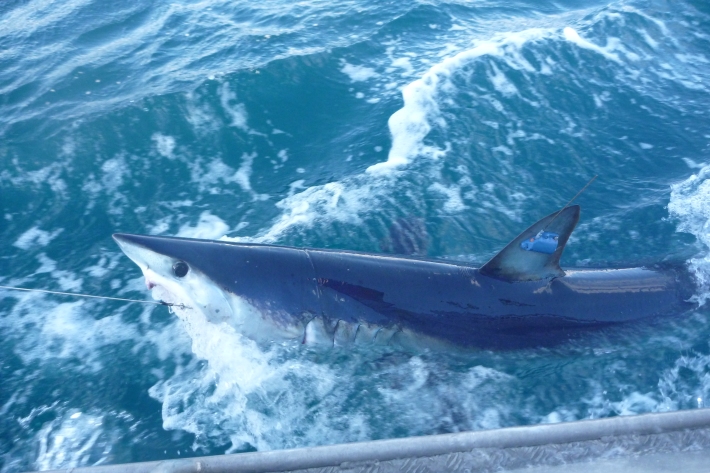-

Summer Series Week 5: The library with no books – inside NIWA’s Invertebrate Collection
News article20 January 2016The Invertebrate Collection, housed at Greta Point in Wellington, comprises about 300,000 jars or specimens but only about 100,000 are officially registered. With new specimens being discovered all the time, there is a lot of work to do. -

NIWA's Hotspot Watch
Hotspot15 January 2016A weekly update describing soil moisture across the country to help assess whether severely to extremely dry conditions are occurring or imminent. Regions experiencing these soil moisture deficits are deemed “hotspots”. Persistent hotspot regions have the potential to develop into drought. -

NIWA's Hotspot Watch
Hotspot08 January 2016Soil moisture levels across the North Island have increased significantly when compared to this time last week for eastern Northland, Auckland and Waikato regions where soil moisture levels are now normal to above normal for this time of year. -

Science in the coldest place on earth
Feature story04 January 2016Carrying out scientific experiments in the coldest part of the world is tough — even tougher if you’re miles away from Scott Base in a shipping container. But one NIWA scientist insists it’s a lot of fun. -
Summer Series Week 3: Sea creatures
News article28 December 2015Looking for something tasty on your beach for holiday dinner this summer? NIWA scientists have the lowdown on some of the most mouth-watering fish and seafood that are yours for the taking. -

NIWA's Hotspot Watch
Hotspot24 December 2015This weekly update describes soil moisture across the country to help assess whether severely to extremely dry conditions are occurring or imminent. -

Summer Series Week 2: Sharks of summer
News article21 December 2015Everyone knows they’re out there, but how well do you know your sharks? NIWA looks at four of the most common sharks you’re likely to spot this summer. -

NIWA's Hotspot Watch
Hotspot18 December 2015Soil moisture levels across the North Island have stayed largely unchanged when compared to this time last week with the exception of the Manawatu-Wanganui region and Central Hawke’s Bay where soil moisture decreased -
Sir Peter Blake Trust Ambassador Mitchell Chandler - in the field
Blog16 December 2015This past week I have been based in Wellington. My favourite aspect of being here so far has been the field work -

Summer Series Week 1: A year of weather
News article15 December 2015There were floods, tornados, fires and big waves in another year of big weather for New Zealand. NIWA climate scientists review the inclement highlights month by month. -

NIWA's Hotspot Watch
Hotspot11 December 2015A weekly update describing soil moisture across the country to help assess whether severely to extremely dry conditions are occurring or imminent. -
Sir Peter Blake Trust Ambassador Mitchell Chandler — first week at Lauder
Blog11 December 2015I have just completed the first week of my Blake NIWA Ambassadorship down in Lauder.
